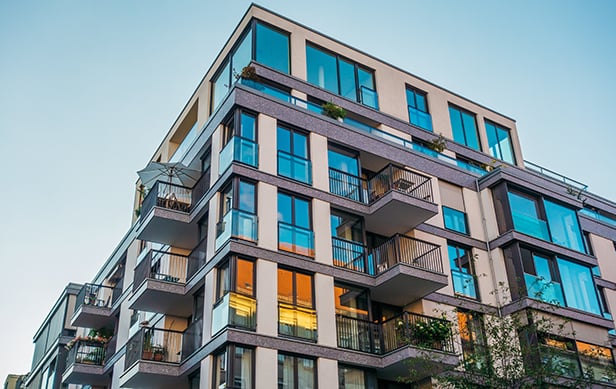
Expect 2018 to be a strong year in the sale leaseback market. With the 10-year treasury hovering around 3%, cap rates may begin to tick up slightly. Those thoughts are according to Katie Elliott, associate director at Stan Johnson Co., who recently exclusively chatted with GlobeSt.com on the subject.
GlobeSt.com: Compared to previous years, how strong is today's sale leaseback market?
Katie Elliott: The sale leaseback market had an impressive amount of activity in 2017, especially since the overall net lease transaction volume was down. In comparison to 2016, there was a 25% increase in sale leaseback transactions. A large portion of this stemmed from two major transactions, Albertson's and State Farm, which combined to account for over $1.6 billion in transaction volume. Overall, however, we see an uptick in activity as occupiers across all asset types look to raise capital and put in place exit strategies.
GlobeSt.com: What is the most dominant property type or sector within the SLB space? Why?
Elliott: Right now, the industrial sector is the favored real estate class. Everyone is aware of the challenging headlines in the retail category, and shifting demographics are changing the way we utilize office space. As a result, mission critical industrial facilities are high on the investor radar, even outside of primary markets.
GlobeSt.com: For those who don't know, can you explain what a partial sale leaseback is and what might motivate a company to execute this type of transaction?
Elliott: A partial sale leaseback occurs when a property owner sells its property and simultaneously signs a lease for just a portion of that property, rather than the entire facility. We observed the rise of the partial sale leaseback in 2017, in both the office and retail categories. As previously mentioned, shifting demographics and workplace utilization changed how we use office space, and the space needed per employee decreased to 150 square feet (from 350 square feet in the Baby Boomer generation). Big-box retailers are also employing the strategy with right-sizing initiatives for smaller store footprints. Many corporate owners utilize partial sale leasebacks as an exit strategy for owned space they no longer need and as a way to decrease occupancy costs.
GlobeSt.com: What are your predictions for 2018 and beyond?
Elliott: We expect 2018 to be a strong year in the sale leaseback market. With the 10-year treasury hovering around 3%, cap rates may begin to tick up slightly. However, with the 90-day LIBOR also on the rise and corporate borrowing costs increasing, we expect 100 percent sale leaseback financing to be more competitive going forward than in the past when interest rates were low.
© Touchpoint Markets, All Rights Reserved. Request academic re-use from www.copyright.com. All other uses, submit a request to [email protected]. For more inforrmation visit Asset & Logo Licensing.







